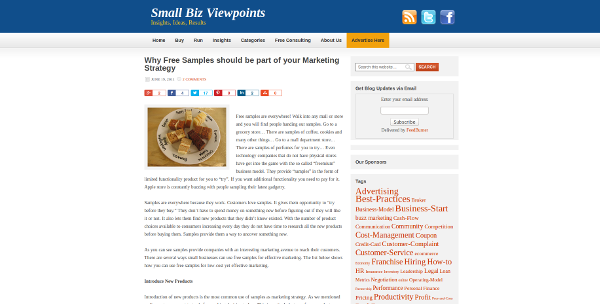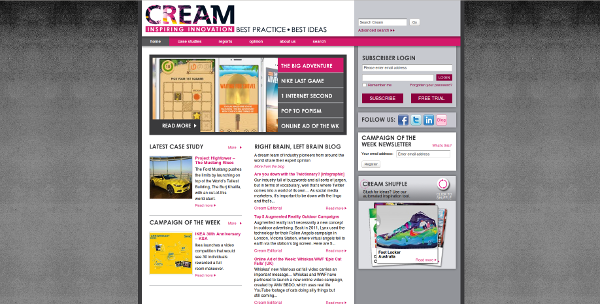Focus on the customer: the Marketing Relationship
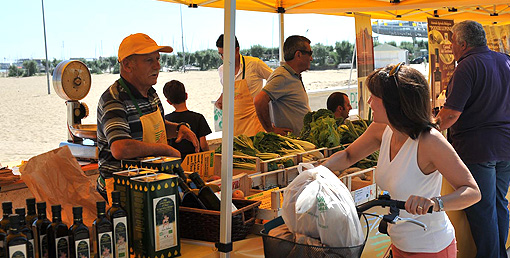
You have just begun, or are just about to begin an activity of diversification on your farm. No matter the nature of your activity, be it food related (distributing farm products), tourist based (rural rest stop, country inn, educational farm...) or environmental (production of renewable energy..) it must tap into the right commercial way in order to develop. One of the keys to success is to know:
- who your customers are
- what their needs and priorities are
- what they are looking for
- what is the approach that makes them feel better
It means to move the focus from the product to the customer, emphasizing customer retention and satisfaction rather than a dominant focus on the product. This happens in the Marketing Relationship: a strategy designed to foster customer loyalty, interaction and long term engagement. This customer relationship management (CRM) strategy focuses more on long-term customer retention than on acquiring large numbers of new and potentially single-transaction customers.
The consumer is becoming more and more aware about the market. He knows products and their availability, his ability in choosing is increasing. You need customers to understand what your product is and how they can benefit from it in some way. They have to feel what is behind the price (quality, handmade process, time spent to prepare it...)
Your product might be really good indeed, but most of your efforts are useless if no one is aware of its quality. And awareness comes from (good) communication..
Find your clients: determine your market
You have to determine your market and your “commercial target “: a group of potential clients that all possess homogenous needs that you can satisfy, and a purchasing power large enough to buy your product or service.
You will try to define the profile of your future clients looking at their financial capability, identities, numbers, sensitivity to your product or service. You can do that by possibility analyzing customers’ preferences, activities, tastes, dislikes and complaints.
That’s the audience to speak to!
Is there an existing market for my products or services?
If so how can I approach this market?
What resources can I use to communicate to the public, to enter in a deep relationship with my clients?
Strengthening the links between farmers and consumers is one of the themes of the CAP. This clip features an award-winning Belgian farm located just outside Brussels run by a husband and wife
European Commission, Linking Agriculture and Consumers
Meet your client
Now that your market and your commercial targets are identified, you have to organize the meeting for whatever it is you are selling to your future clients. Your objective is to come into contact with them. This is possible through the following ways:
- Go to the client: you travel to meet the client. This could be done after arranging a meeting by telephone (for prospective businesses and organizations), or by planned field tours (individual sale)!! It requires transportation logistics and probably an extra hand for chores on the farm.
- Bring the client to the farm: it is him, who comes to you; usually, this happens after some sort of written or oral advertisement (Internet site, commercial, mail, signs, telephone, word of mouth, etc.).!! It requires you to be available to clients when they will most likely be present (mostly evening and week-ends)!!
- Meet clients at their gatherings: you make an appearance at local or regional manifestations, exhibition and fairs at business gatherings, or a general public gathering, etc.) Need logistics, availability and probably an extra hand to move to the market and stay there!!
Keep in mind
"We can have all the available means of communication in the world, but nothing, absolutely nothing, takes the place of the human look"Paulo Coelho
Choose your method of contact; say to the world you exist and listen to possible feedbacks

No matter what your choice of medium is to promote your products - of course it depends on your target - but you have two words to remember: be simple!
Before starting to promote your product ask yourself the following questions:
What are you announcing?
To whom is it addressed?
What is your clients’ average profile?
How many are they?
Are they already familiar with your product, or will they discover it on this occasion?
How much can you invest in communication and promotion?
Success starts with being well organized!
- Keep an updated database of all of your possible clients ( names, addresses, telephone e-mails )
- Create a compelling website for your business or product. Many customers who want to know more about your product will go online to research it. On the website, do your best to describe the product and tell customers how it can benefit them.
- Advertise your product through multiple mediums. Devote a large portion of your available resources to a marketing budget. Spend money on radio, television or print ads, depending on what would be most effective for your product. Start advertising online to drive traffic to your website as well.
- Start a public-relations campaign regarding your products and services, which can involve creating press releases and doing interviews with media. The media may not necessarily line up to promote your product, but if you start a project or get involved in the community somehow, it can help generate attention for your business. For example, donating some of your product to a charity can be an effective way to create some buzz about it.
- Give out free samples of your products to customers. Although this can be costly initially, it helps increase consumer awareness of your product. If customers like your product, they will be more likely to purchase more in the future.
Look at these links ...
If customers like your product, they will be more likely to purchase more in the future (shows the importance of free samples):
Your communication campaign: instructions
- It should inspire confidence and incite interest
- use a direct tone and simple tenses (imperative and present indicative). Avoid the conditional and future tenses. Instead of “If you come to our farm, you could try...,” use, “Come to our farm and try....”
- avoid the negative: phrases like, “no risk trial,” “return without waiting,” “not expensive,” are not to be used. Replace with “Don’t hesitate to come to our farm,” with, “Come now to the farm for you.” You have enough flexibility with vocabulary to convert, “not expensive,” to, “best deals,” and, “not fragile,” to, “solid,” etc.
- present your product by showing that it corresponds to the potential needs of the consumer
- emphasize the principle characteristics of quality, price, services, etc.
- words to use: test, benefit, rapid, security, progress, quality, economic, performance, necessary, profit, information, advice, resistant, efficient, new, aesthetic, propose, and sale. These are but a few examples. What do they all have in common? They all have three qualities: real, positive, and credible. The words you use should also unconditionally describe the characteristics of your products in terms of use, function, quality, and guarantee
- Be careful of false advertising: do not promote things that you are not yet able to offer
What can you communicate if you are a farmer?
Clients currently seek 5 general characteristics: naturalness, entertainment, health and well-being, esthetics for daily life, soft vitality
- History of the farm and of the product: the tradition, the heritage
- Rules of production: information about the care and passion put into producing the product fascinates and enchants people
- Values sustainability, (typical products, km0, quality, traceability...)
- Safety
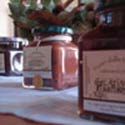
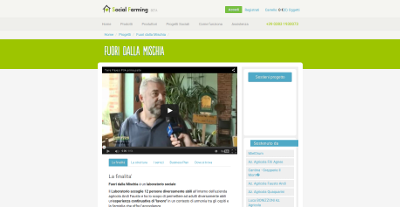
http://www.socialfarming.it/progetto/fuori-dalla-mischia/
They give value to the product by using the maximum percentage of organic fruits (safety and quality), it is an handmade production, rediscovering old recipes (tradition), labeling is made by disadvantages people working in the farm (social value)
Test your market before making a full commitment
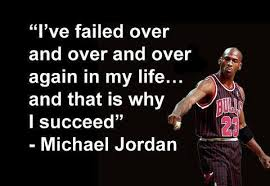
By introducing a new commercial function in your farm, and developing your skills as a salesman, you are actually starting nothing less than a DIVERSIFICATION STRATEGY!
This is not always easy, but it is essential!
This represents the “try-out” period of your new activity to be engaged with minimum investment. Choose the best time of year to run this test, the period when your future clients and you will be available. Determine the duration of your test: this should be between one week and one month, depending on your activity (make and sell a small number of cheeses, provide seasonal work for several of your neighbors, realize the maintenance of drive-ways of a nearby community, etc.)
By completing this experiment, you test your work organization, your internal resources, and the compatibility of your new activity with your regular work on the farm.
An important reflection: you are a farmer, and you were, until now, supposed to be particularly good at interacting with other people. What can you do to improve your professionalism, so that the try-out period is a success?
Here are a few suggestions:
- if you are not so young, then make space for young generations! Your daughter, your son, your youngest employees can comply with this task better than you: young people are more used with getting in touch with people ...
- try to walk (figuratively) in your client’s shoes. For example, families are coming from the town to relax and do something nice. Prepare nice spaces to stay, and a few, simple activities for them (e.g. on Sundays between 8 and 10 a.m. children can feed the hens (hens will be eating a little too much on Sundays, but it’s ok ...; or it is possible to take a picture with the pig/cow/horse and receive it by e-mail, which is a good way to collect a mailing list, to keep people informed about new products ... ; or, else, you can summon a dog trainer and ask him to give a lesson on dogs, but also a space with sand to play with, well covered so that cats do not ... use it, could do ...)
- prepare posters, it is a thing you can do in your spare time: each poster explains a part of your farm: what it is, what is done there, etc. A few posters can also illustrate life on the farm: at what time do you wake up? What do you regularly do? Take pictures of yourself and insert them. If you make the posters with a computer, then you can also show them on your Facebook page (because you do have a Facebook page, don’t you? It’s a MUST! You could even make a video, like the one on the right. The poster and video can help people understand that farmers’ work is important, and adds a lot of added value to products, a value that has to be appreciated and remunerated ...)
At the end of this phase you will be able to show
- Who do you sell to? - Your commercial targets
- What are you selling? - Range of products or services on offer
- How do you sell? - Negotiating, tariffs
- When do you sell? - Seasonally, trimesters, monthly, weekly, daily
- Where do you sell? - Methods of contact
Tips & Warnings: read a lot, analyze your competitor and use little focus groups to determine the level of your brand awareness in the marketplace. Unless you track your progress, you have no way of knowing whether customers are aware of your products
Take advantage of this period to meet your clients, to transact with them and to test the commercial reality of your product or service:
- Does it respond well to needs?
- Is it attractive?
- Do you know how to sell it?
- What kind of adjustments will be necessary?
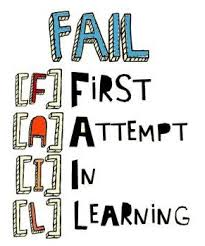
A Day in the Life of a Farm Manager, East Durham College: This video shows Tony, the Farm Manager of Hardingham Farms in Norfolk, on a typical day.
Case study: Watch the video and answer the question
Coldiretti Giovani – Società Cascina Pirola – Oscar Green 2014
The video presents the “Straberry” company, applying renewable energies to agriculture and
producing km 0 berries in the Milan area, where they were formerly not being cultivated.
CASCINA PIROLA case study
- What are the characteristics of this farm and its products?
- What are the levers that moved the idea of business development?
- What is the secret of its success?
- What ideas can we take from this experience



